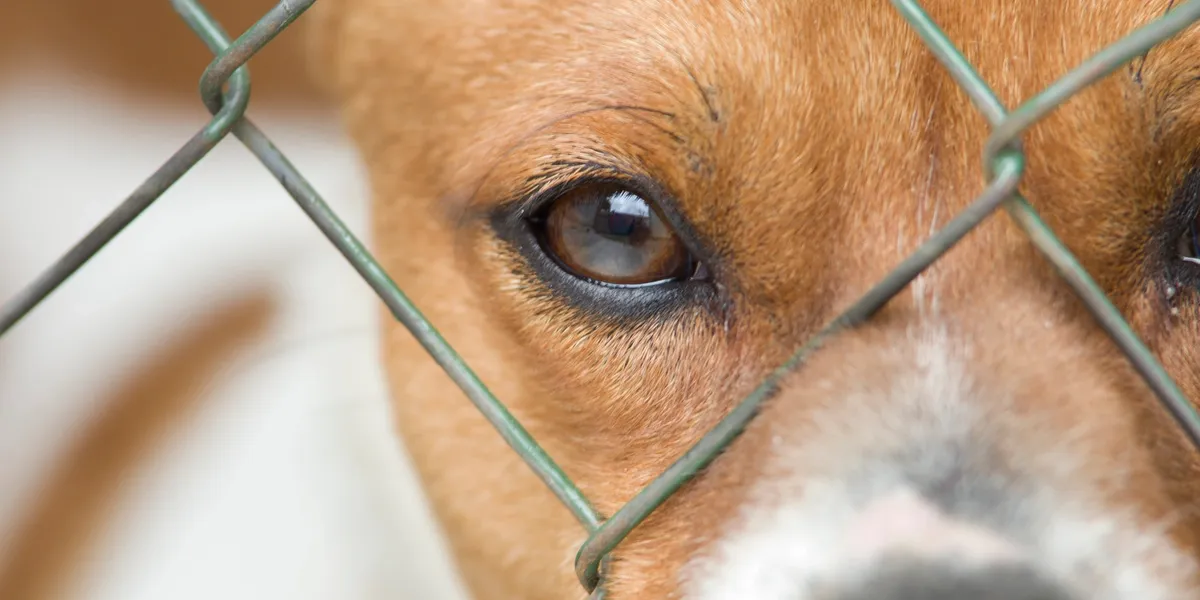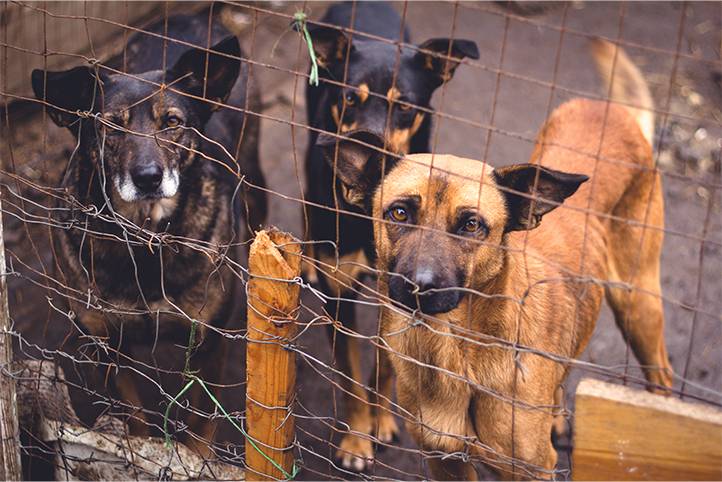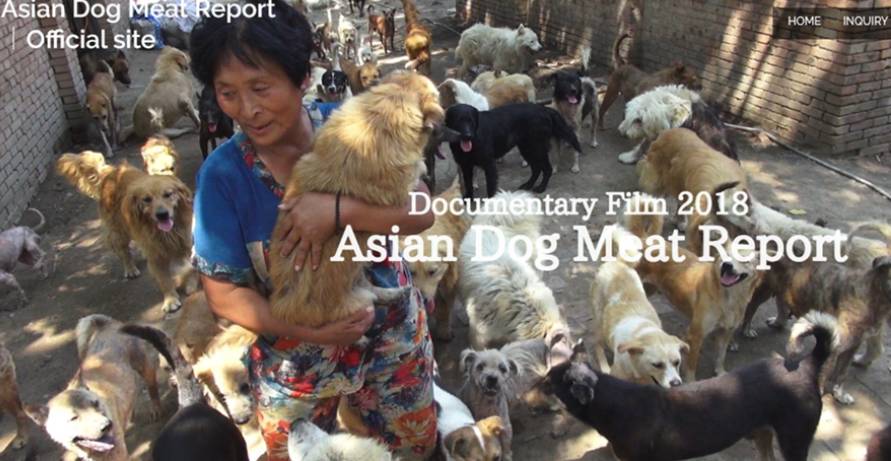Message from the Founder of Save Animals Worldwide
I witnessed the dog and cat meat trade in South Korea in the early 1980’s, and the images of the dogs and cats never left me. The dog and cat meat trade has existed for a very long time, but I am hopeful it will end someday, along with the fur industry and all other forms of neglect, abuse, and brutality against animals.
The dog and cat meat and fur trades cause immeasurable suffering for tens of millions of dogs and cats each year around the world. Dog and cat meat is eaten in many countries because it is considered a delicacy, a custom, or part of a ritual. Dog and cat meat is very seldom eaten out of necessity, especially in current times. In some countries, dog and cat meat is more expensive than other sources of meat. Fur from any animal is seldom needed, but it is coveted as a fashion statement and fur production is very profitable.
Dogs and cats are companion animals throughout the entire world. Dogs have been very beneficial to human beings by improving our overall well-being through companionship and loyalty, leading the blind, being service dogs to disabled people, alerting to medical conditions and medical emergencies, sniffing out cancer and COVID-19, protecting people and property, serving with law enforcement and the military, search and rescue units, and other things that make them man's best friend. Dogs are loyal pack members to their humans. Dogs in the meat and fur trade seldom fight for their lives against their tormenters and butchers, which shows they (unfortunately) believe their humans, their pack, won’t harm them. Cats also improve our well-being through companionship, keeping rodent populations down, and other interactions that enrich our lives.
Humane and advocacy organizations have been working for years to end the dog and cat meat and fur trades. The plight of the dogs and cats slaughtered for their meat has been recently magnified due to the novel coronavirus (COVID-19) pandemic which began at the end of 2019 in Wuhan, China. COVID-19 is believed to have originated at a live animal meat market in Wuhan, China, where wild and domestic animals, including dogs and cats, are slaughtered for human consumption. The importation of dog and cat meat into Japan for human consumption is also coming to the public’s attention due to the upcoming 2021 Olympics in Tokyo, Japan, and will hopefully cause the Japanese government to ban dog and cat meat. It is our hope the existence of the dog and cat meat and fur trades will be magnified before, during, and after the 2022 Olympic winter games scheduled to be held in Biejing China starting in February 2022, causing the Chinese government to ban dog and cat meat consumption and ban the production of dog and cat fur, and enforce these bans.
The dog and cat meat and fur trades are very lucrative. Profits from the dog and cat meat and fur trades are conservatively estimated to be a billion dollars a year, but likely higher.
Some people in the dog and cat meat and fur trades are pushing to have these trades legalized and then regulated. Other people are adamant both trades must be banned. The arguments against legalizing and regulating the dog and cat meat and fur trades are as follows:
1) legalization and regulation of these trades could create an even larger market for dog and cat meat and fur in these countries and across the world, jeopardizing a permanent ban on these trades;
2) the dog and cat meat and fur trades are riddled with inhumane and often barbaric treatment of animals, and history shows abuses will continue even if humane standards of care are established for the animals;
3) the entrenched belief among some people who slaughter and consume dogs and cats that the meat is healthier and tastes better when the dogs and cats suffer during slaughter (from torture) is unlikely to change, and legalizing the dog and cat meat trade could open the door for torturers to claim this activity is sanctioned;
4) the consumption of dog meat can make people sick from trichinellosis, cholera, rabies, leptospirosis, and other diseases, with rabies being a public health hazard in many countries that eat dog meat;
5) large numbers of pets are stolen for both trades, and as the demand for dogs and cats for their meat and fur would rise and become more profitable in a legalized industry, pet thefts could increase; the large-scale movement of dogs and cats for these trades will make it difficult to monitor where and how the dogs and cats were acquired and if they were stolen;
6) the chemicals used to process fur pelts from dogs and cats in the fur industry pose a health hazard to humans and the environment;
7) governments in countries where these trades occur claim they do not have enough resources or manpower to adequately monitor and respond to the current situation of animal welfare issues, environmental hazards, and health hazards caused by these trades; therefore, it is unlikely these governments will be able to adequately enforce any new laws or regulations intended to govern a sanctioned version of the dog and cat meat and fur trades.
Although there have been some recent positive developments in the effort to ban dog and cat meat consumption and dog and cat fur production, both industries are actually growing in some areas. Humane organizations and private citizens are calling for the worldwide abolishment of dog and cat meat consumption and dog and cat fur production. Please support humane and animal welfare organizations working to end the suffering of all animals by giving sustained donations, adopting dogs and cats where needed, signing letters and petitions asking for a ban on dog and cat meat and fur, boycotting goods and travel associated with countries involved in dog and cat meat and fur consumption and production, and contacting legislators and government officials who can effectively abolish these trades.
Only people can help the animals who are being neglected, abused, and brutalized, but some people keep turning away. Please don’t turn away. Please help.
Thank you.
C. Nilsson
Founder, Save Animals Worldwide
Dog and cat meat and fur trades

More than 30 million dogs and 10 million cats are brutally slaughtered for the meat trade each year around the world. The dogs and cats are neglected and abused, and many are tortured to death. It is a billion-dollar-a-year industry that also involves widespread criminal activity and human health concerns, such as rabies.
Millions of dogs and cats are also killed for their pelts (hair/fur). The dogs and cats are neglected, abused and brutally slaughtered. "Faux" fur is often made from real animal pelts, including dogs and cats.
Background on the dog and cat meat trade:
The following countries/states/regions are documented to be involved in the dog and cat meat trade: China, South Korea, North Korea, Japan, Vietnam, Laos, Thailand, Cambodia, Malaysia, Singapore, Indonesia, the Philippines, Polynesia, Bangladesh, India, Switzerland, Kenya, Liberia, Nigeria, Sudan, Democratic Republic of the Congo, Ghana, Togo, Cameroon, Burkina Faso, Morocco, Mali, Namibia, South Africa, Swaziland, and Tanzania. Other countries eat dog and cat meat, but specific verifiable information on those countries has not been found as of the date of this document.
The dog and cat meat trade is most active in China, South Korea, Vietnam, the Philippines, Thailand, Laos, Cambodia, and Indonesia. The consumption of dog meat is banned in Hong Kong, Taiwan, the Philippines, Thailand, and Singapore, but dog meat is still eaten by some people in these areas. Although Indonesia recently pledged to ban dog meat consumption, the trade still continues, with millions of dogs being slaughtered each year.
Approximately 30 million dogs and 10 million cats are slaughtered for the meat trade across Asia alone each year. (Humane Society International, 2019, Dog Meat Trade) Soi Dog Foundation calls the dog meat trade “one of the most serious animal welfare issues in Asia.” (Soi Dog Foundation, 2020, Ending the Dog Meat Trade)
The treatment of dogs and cats in the meat trade is inhumane and often barbaric. Dogs and cats are neglected, abused, and live in filthy conditions. Dogs and cats are confined in cramped cages, handled in a brutal manner, and tortured before being slaughtered for their meat. (Soi Dog Foundation, 2020, Ending the Dog Meat Trade) Butchers torture dogs because they believe it makes the dog meat tender. (Soi Dog Foundation, 2020, Ending the Dog Meat Trade) Dogs are electrocuted, shot in the head, hit over the head with a metal bar, and their throats are slit while they are still alive, with many of the dogs struggling to survive. Dogs are hung by the neck, blowtorched while alive, then hit on the head. (Hyams, The Korea Observer, 2015, Former pets slaughtered for dog meat across Korea) Meat traders throw live dogs in cauldrons of boiling water, holding them down with a pole, or throwing them in barrels of boiling water and holding the top down so the dogs can’t escape. (Smith & Myers, 2016, Defenceless dogs scream in agony as they are boiled ALIVE for sick trade in meat) Dogs are drowned in cages. (Soi Dog, n.d., Dog Meat Trade Cambodia The Dog Slaughter Process) Dogs are hit on the snout, then their throats are slit. (Hyams, Lee, Garcia, 2017, Dog Meat Professionals, Investigative Documentary about Korea’s Dog Meat Trade) Some dog’s limbs are sliced off while they are still alive. (Idris, 2019, There is no place in Malaysia for consumption of dog and cat meat) Dogs are stabbed while in cramped cages to increase their suffering. (Kitada, 2018, Asian Dog Meat Report) Some dogs are skinned alive. (Soi Dog Foundation, 2020, Ending the Dog Meat Trade) Adding to the suffering, some meat traders stick a pipe down live dog’s throats and fill the dog’s stomachs with water because dogs are sold by weight and heavier dogs bring more profits. (Kitada, Naotoshi, 2018, Asian Dog Meat Report) Some meat traders pump live dog’s stomachs full of rice to increase their weight to make more money. (Asia Canine Protection Alliance, 2015, Take URGENT action to stop the brutal slaughter of dogs for their meat!) Cats are taken out of cramped cages with large metal tongs, then beaten over the head. The cats are then thrown into a pot of boiling water to remove their fur, with some of the cats still conscious. (Humane Society International, 2018, 375 cats saved from Chinese slaughterhouse after tip-off from heartbroken cat lover) Cats are drowned in cages. (Hodge, 2018, Drowned Like Rats. Gruesome pictures show a cat meat market in Vietnam where terrified pets are caged, killed and cooked) There are numerous reports of dogs and cats being cooked alive over open flames and in pots or pans.
Dogs and cats acquired for the meat trade are crammed into cages on transport trucks, then transported for days without water or food to slaughterhouses and meat markets. Sometimes there are thousands of dogs on a single truck. The dogs suffer from suffocation, dehydration, starvation, exposure to extreme cold and heat, broken limbs, shock, and disease. (Humane Society International, 2019, Dog Meat Trade)
Dog and cat meat traders steal pets from their owner’s property, and take dogs and cats from the streets. (Humane Society International, 2019, Dog Meat Trade) The dogs and cats are often stolen in a violent manner. (Soi Dog Foundation, 2020, Ending the Dog Meat Trade) Large numbers of pet dogs are stolen for the dog meat trade across Asia. (Soi Dog Foundation, 2020, Ending the Dog Meat Trade)
Rabies occurs in almost every country in Asia and Africa. (World Health Organization, 2018, Zero by 30 The Global Strategic Plan) The World Health Organization (WHO) warns “the trade, slaughter, and consumption of dogs poses human health risks from trichinellosis, cholera, and rabies.” (Humane Society International, 2019, Dog Meat Trade) The World Health Organization has advised against the dog meat trade because it is a contributing factor to the spread of rabies in countries that consume dog meat. Rabies can proliferate in dogs in Asia due to the large scale movement of dogs from different cities, provinces, and islands. The dog meat trade also operates in breach of rabies control recommendations by the World Organization for Animal Health (OIE) and the Food and Agriculture Organization of the United Nations (FAO). (Dog Meat Free Indonesia, 2017, The Dog Meat Trade in Indonesia: A Cruel and Dangerous Trade) Some countries kill dogs in mass numbers to prevent rabies. Performing mass rabies vaccinations is the recommended course of action to control rabies in the dog population. The removal or mass culling of dogs is not effective in the long run because it does not permanently decrease the population of dogs or permanently control rabies. Humane dog population management is the most effective way to control dog populations and maintain a healthy dog population. (World Health Organization, 2018, WHO Expert Consultation on Rabies Third Report)
The Asia Canine Protection Alliance (ACPA) is calling for a total ban on the dog meat trade and consumption of dogs. Some officials in countries where dog meat is consumed want to regulate the dog meat industry, but ACPA is calling for a total ban against dog meat because regulating the trade will not eliminate the cruelty that occurs in the industry, and would cause dog meat production to occur on an even larger scale. If the dog meat trade is regulated, it will not improve the lives of the dogs, but will just be a “permitted” industry. If dog meat consumption is legalized, it could eliminate the chance dog meat would be permanently banned. (Asia Canine Protection Alliance, 2014, Why we are not campaigning for regulation of the dog meat trade)
The dog and cat meat and fur trades are sometimes intermingled, with humans consuming the meat of dogs and cats slaughtered for their fur.


